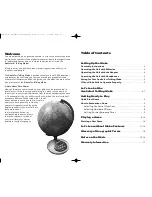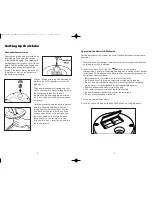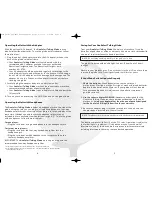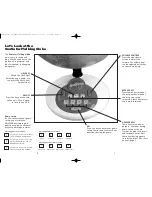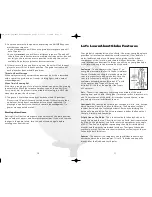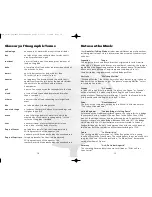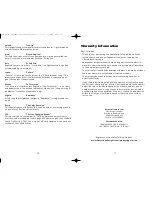
13
12
International Date Line
- The International Date Line is an imaginary line
that for the most part follows the 180th meridian (180° longitude). As
this meridian is crossed, the calendar day changes. For example, if you
travel west from Hawaii on a Monday, the day changes to Tuesday once
you cross the International Date Line. If you travel east from China on a
Monday, once you cross the International Date Line, the day changes to
Sunday. This line does not change the time of day, which is determined
by the earth’s standardized time zones.
Latitude
- Lines of latitude are imaginary lines that run parallel to the
equator. On your globe, and on many terrestrial globes, parallel lines are
shown 10 degrees apart starting at the equator (0°) and ending at the
poles (90°).
Longitude
- Meridians of longitude are imaginary lines that run through
both poles. On your globe, meridians are marked at 15-degree intervals,
starting with the meridian that passes through Greenwich, England. This
meridian at 0° longitude is called the Prime Meridian.
Revolution
- Earth not only turns upon its axis once every day, but also
travels around the sun once a year in a counterclockwise direction. This
path around the sun is Earth’s orbit.
Rotation
- The earth rotates, or turns, upon its axis from west to east
(counterclockwise) once every 23 hours, 56 minutes, and 4.09 seconds.
This movement causes day and night as different parts of Earth are
exposed to light, while opposite parts of Earth are in darkness. The speed
of rotation at any point on the equator is approximately 1,038 miles per
hour (1,670 kilometers per hour), decreasing to zero miles or kilometers
per hour at the poles.
Time: Solar Time
- According to scientists, time varies four minutes for
each degree of longitude, or one hour for every 15 degrees of longitude.
It takes four minutes for Earth to rotate enough for the vertical rays of
the sun to sweep over one degree of longitude.
Time: Standard (artificial) Time
- The world is divided into 24 time zones.
These zones run from north to south, roughly paralleling the lines of
longitude on the globe. All the places within a time zone share the same
time. There is a one-hour difference between places in adjacent time
zones.
For example, the contiguous United States is split into four different time
zones: Eastern, Central, Mountain, and Pacific, with the time decreasing
by one hour as one travels west through each zone. If it is 7
p.m. in the Eastern time zone, it is 6 p.m. in the Central
zone, 5 p.m. in the Mountain zone, and
4 p.m. in the Pacific zone. To help explain standard
time, a time dial on the top of your globe is marked to
represent the 24 hours of standard time in a day. You
can use the time dial to compare the times for any two
points on the globe.
6
7
8
9
12
12
10
11
1
2
3
4
5
6
7
8
9
10
11
1
2
3
4
5
A.M.
G.F.C.
CO.
P.M.
M
ID
-N
T
N
O
O
N
8895 guide.qxp:8895 Talking Globe guide
5/11/10 9:46 AM Page 12


